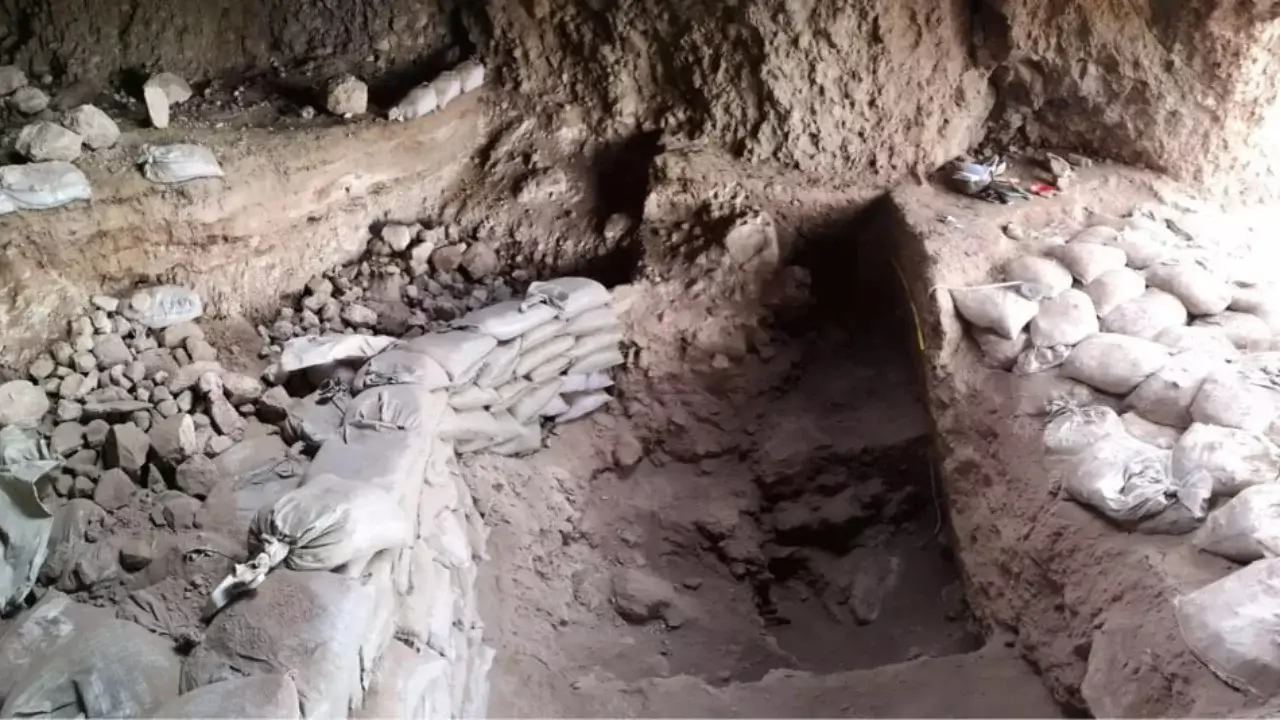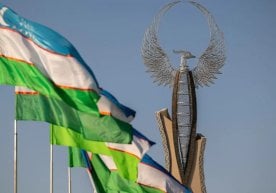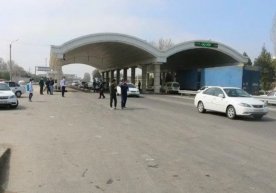
The Baysun Mountains, located in the Surkhandarya region, became the center of attention of the scientific world with another important archaeological discovery. During archaeological excavations in the Toda Cave, tools of ancient times and remains of wild cereal crops were discovered. According to information released by the Cultural Heritage Agency, the finds date back to approximately 9,200 years.
The research was conducted under the leadership of Professor Xinying Zhou of the Institute of Fossils and Paleoanthropology of the Chinese Academy of Sciences, as well as with the participation of scientists from the Samarkand Institute of Archaeology named after Yahya Gulyamov.
Among the finds discovered during the excavations are ancient stone sickles, wild grain seeds, and tools used in their processing. According to preliminary conclusions of specialists, these artifacts indicate that the earliest inhabitants of the region were engaged not only in hunting and gathering, but also in the first manifestations of agriculture.
According to Robert Spengler, one of the scientists at the Institute of Geoanthropology in Germany, this discovery confirms that agriculture was formed independently in different regions of the world, including Eurasia, and not in a single territory. Among the finds were stone knives, sickles, and other tools intended for processing wild barley. Clear traces of harvesting and processing of grain stalks have been preserved on their surface.
Archaeologists report that similar weapons have been found in the Levant region and at the Obishir-5 site in Kyrgyzstan. This indicates that the first agrarian traditions arose spontaneously in different regions.
Experts note that this discovery, discovered in the Baysun Mountains, is of great scientific importance not only for studying the history of Uzbekistan, but also for understanding how the first agrarian culture of humanity was formed. These finds are valued as an important source in world archaeology.
Read “Zamin” on Telegram!Users of Меҳмон are not allowed to comment this publication.













